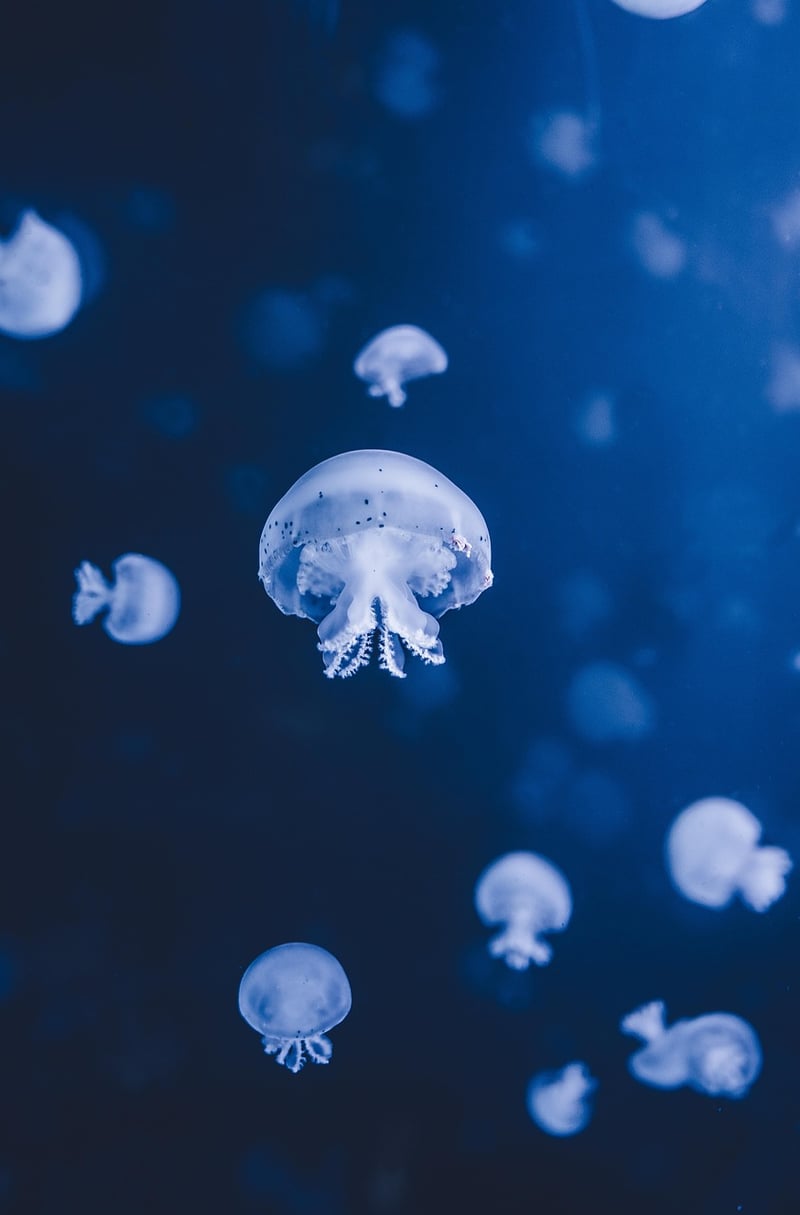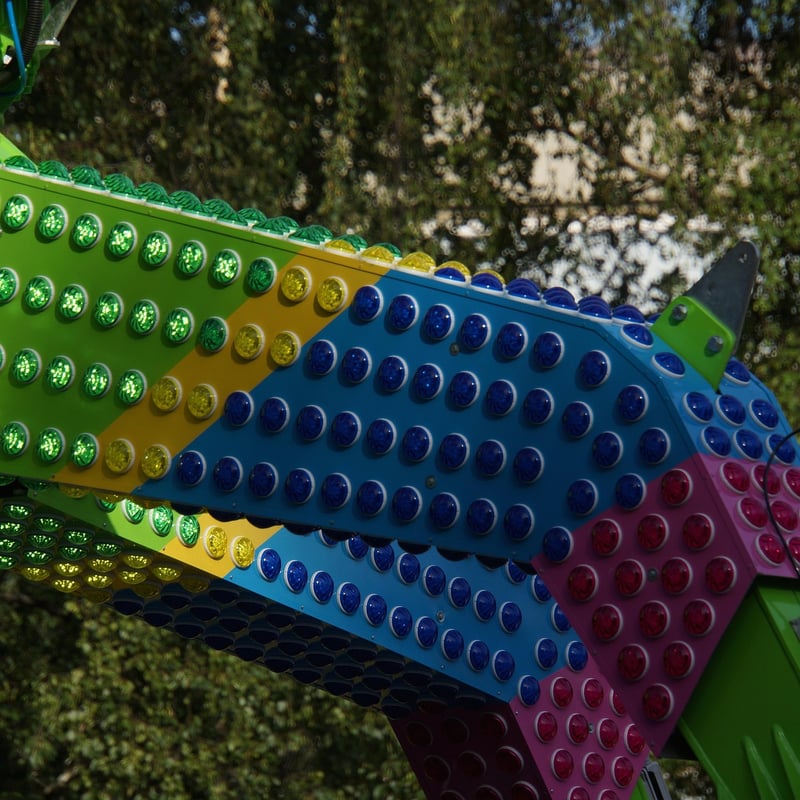Lighting Techniques
Gear up for Capturing the Underwater World + Lighting Techniques
Exploring the Depths
Have you ever wanted to dive into the mesmerizing world beneath the waves and capture its beauty forever? Underwater photography opens up a whole new realm of possibilities for photographers, allowing them to document the wonders of marine life and underwater landscapes. However, to truly capture the magic of the underwater world, you need the right gear and lighting techniques.
Essential Gear for Underwater Photography
Before you take the plunge into underwater photography, make sure you have the essential gear to ensure stunning results:
- Underwater Camera: Invest in a quality underwater camera that is specifically designed for underwater conditions. Look for features like waterproof housing and high-resolution image sensors.
- Underwater Housing: If your current camera is not waterproof, consider purchasing a housing unit that allows you to take your camera underwater without risking damage.
- Strobes or Lights: Proper lighting is crucial for capturing vibrant colors and details underwater. Strobes or underwater lights help illuminate your subjects and eliminate the blue-green color cast caused by water.
- Macro and Wide-Angle Lenses: Depending on the type of shots you want to capture, invest in macro lenses for close-up shots of small marine life or wide-angle lenses for expansive underwater landscapes.
- Dive Computer: Safety should always come first when diving. A dive computer helps you monitor your depth and bottom time, ensuring a safe and enjoyable diving experience.
Mastering Lighting Techniques
Light behaves differently underwater than on land due to factors like water clarity, depth, and ambient light. To achieve stunning underwater photos, consider the following lighting techniques:
- Use Strobes or Lights: As mentioned earlier, strobes or underwater lights are essential for illuminating your subjects and bringing out their true colors.
- Control Backscatter: Backscatter, caused by light reflecting off particles in the water, can ruin your photos. To minimize backscatter, avoid shooting in murky water and position your lights at an angle to the camera.
- Experiment with Angles: Changing your shooting angle can dramatically alter the way light interacts with your subjects. Try shooting from different perspectives to find the most flattering lighting.
- Use Natural Light to Your Advantage: While artificial lighting is crucial, don't overlook the beauty of natural light filtering through the water. Experiment with shooting towards the surface or positioning your subjects to catch the sunlight.
Ready to Dive In?
With the right gear and lighting techniques, you're now equipped to explore the underwater world through your lens. Remember to practice safe diving practices, respect marine life, and have fun capturing the breathtaking beauty that lies beneath the surface!

Image Source: Pixabay
